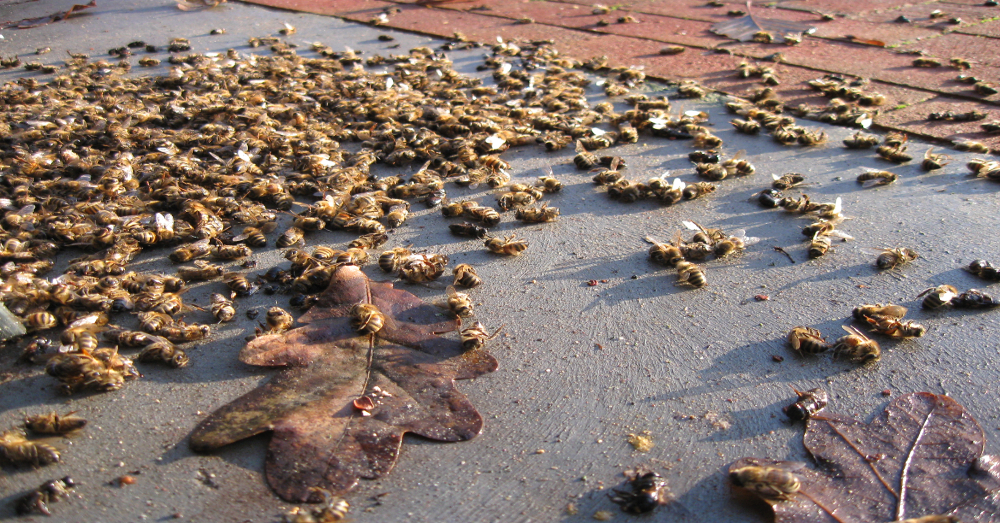
Grow These 50 Pollen-Rich Plants to Help Your Local Honeybees
It’s no secret honeybee populations are hurting. Colony collapse disorder, which occurs when the majority of worker bees in a hive disappear, abandoning the queen, baby bees, nurse bees, and food, is decimating hives at an astounding rate.
March 27, 2017 | Source: Rodale's Organic Life | by Rebecca Straus
It’s no secret honeybee populations are hurting. Colony collapse disorder, which occurs when the majority of worker bees in a hive disappear, abandoning the queen, baby bees, nurse bees, and food, is decimating hives at an astounding rate. According to the Natural Resources Defense Council, 42 percent of colonies collapsed in the United States in 2015. And a shortage of honeybees can have a very real impact on our food supply. Farmers who grow crops from strawberries to squash to almonds rely on hives of traveling honeybees to pollinate their fields. No bees means no food.
(On just a quarter-acre of land, you can produce fresh, organic food for a family of four—year-round. Rodale’s The Backyard Homestead shows you how; get your copy today.)
Colony collapse disorder is the result of a combination of factors, including widespread use of pesticides, loss of habitat, climate change, and disease. Any one of these things would be tough on bees, but together they’re crippling.
So what can you do about it? Aside from taking the plunge into organic beekeeping yourself and committing to buying pesticide-free organic food, you can start by creating a bee-friendly habitat in your yard. In addition to not using Roundup, one of the easiest steps you can take is to grow more plants that honeybees like to feast on for nectar and pollen. Here are the flowers, shrubs, trees, herbs, and—yes—weeds that will give honeybees (and native pollinators!) a helping hand.
